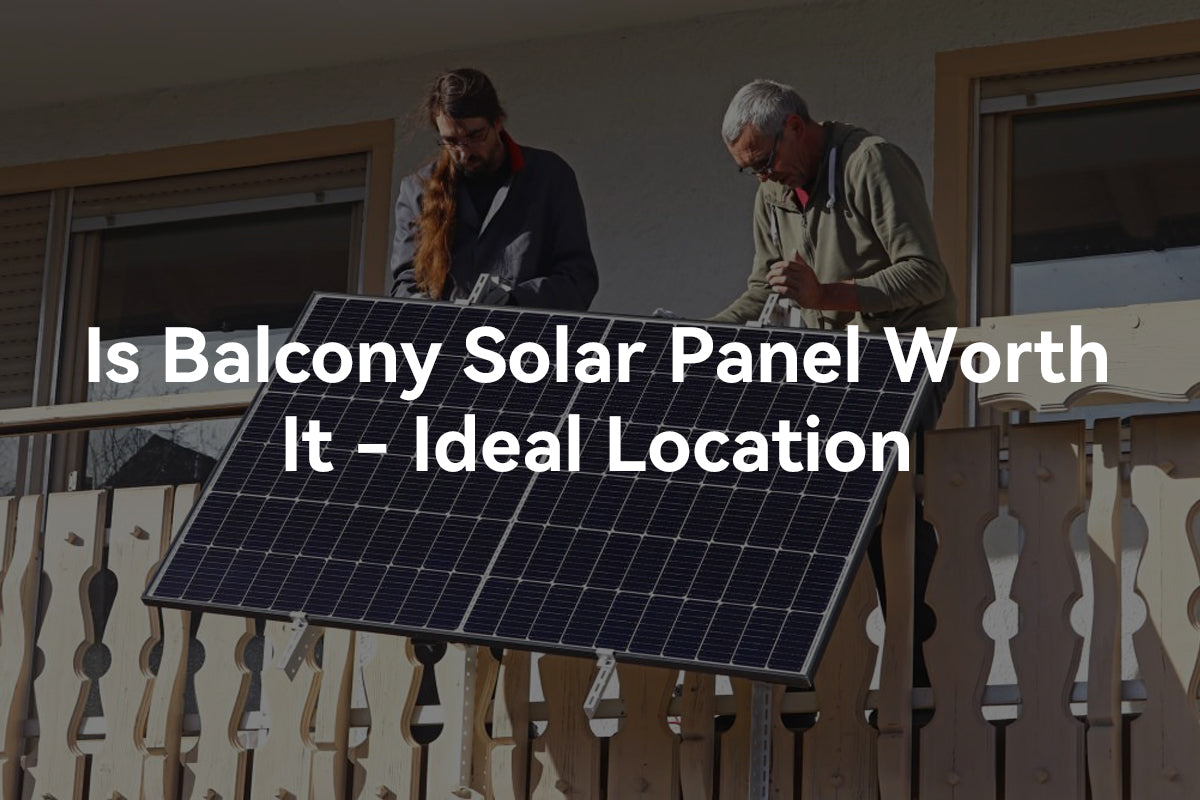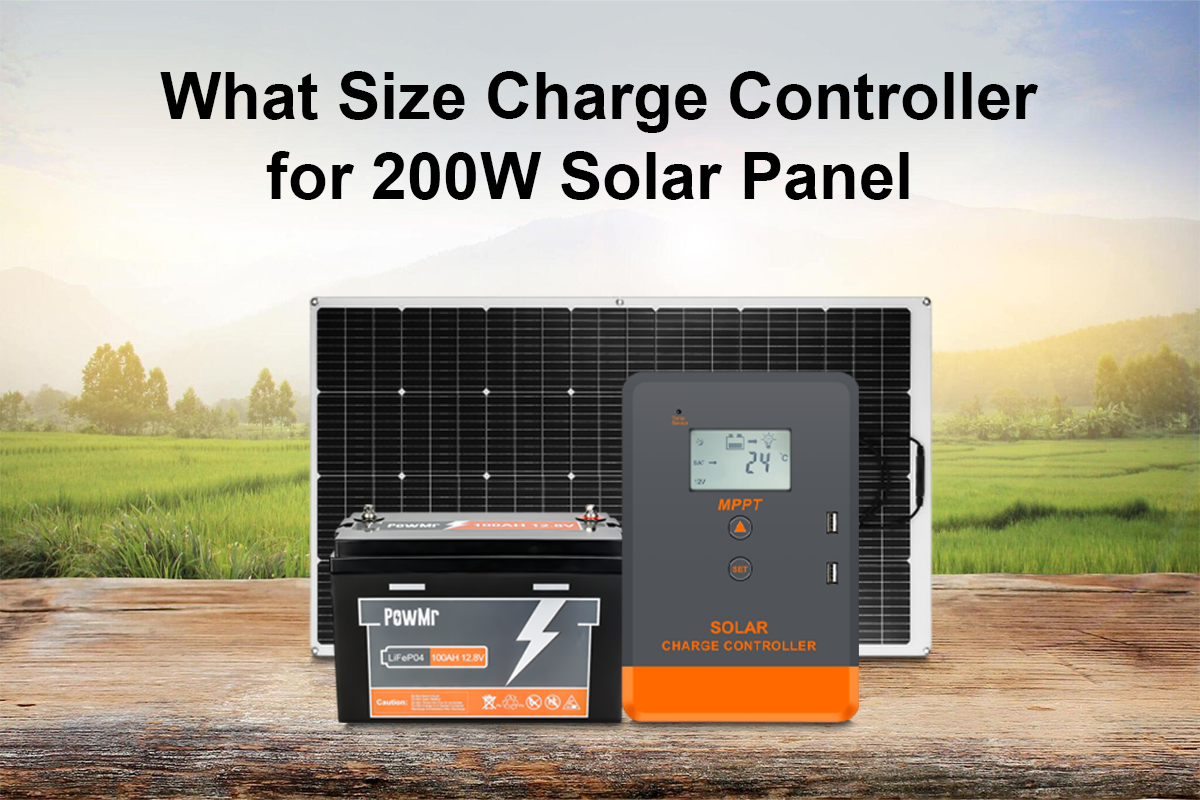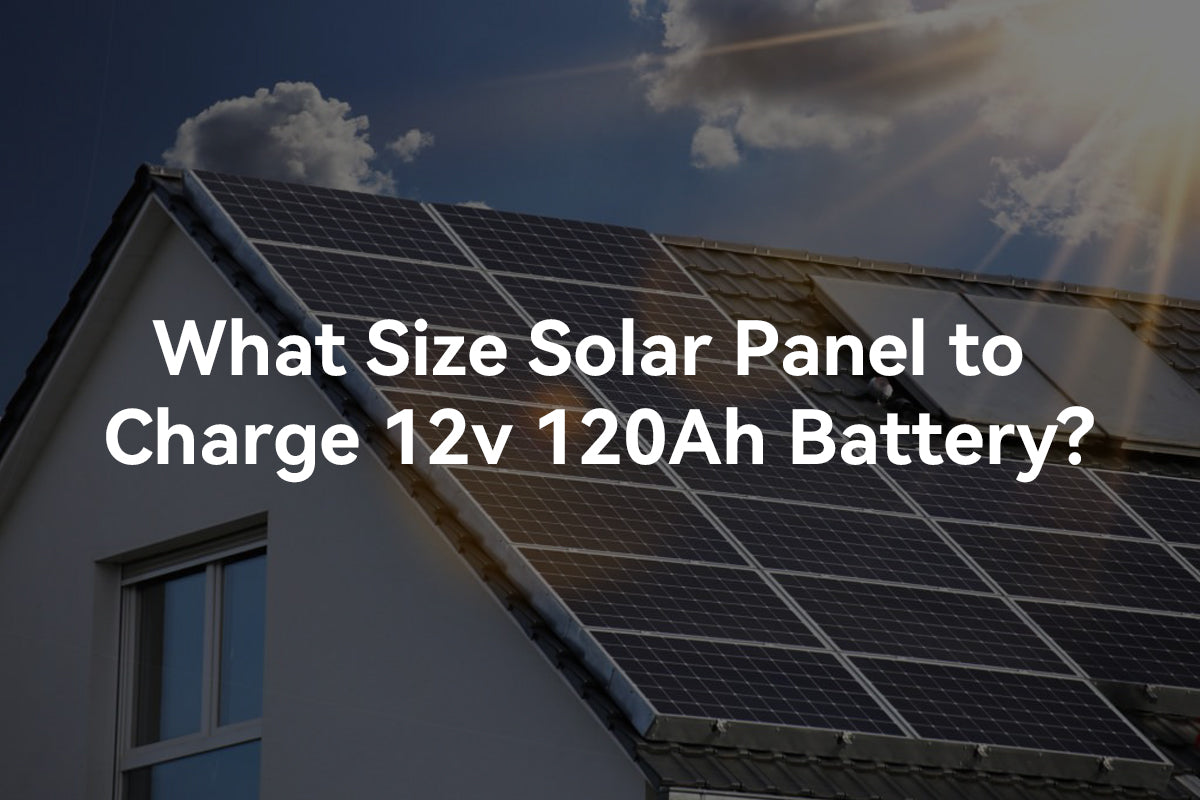ในโลกที่มีความตระหนักด้านสิ่งแวดล้อมในปัจจุบัน มีความต้องการที่เพิ่มขึ้นสำหรับโซลูชันพลังงานที่ยั่งยืนและพลังงานทดแทน และพลังงานแสงอาทิตย์กำลังได้รับความนิยมในฐานะตัวเลือกที่เข้าถึงได้สำหรับ ครัวเรือนแต่ละหลัง.
ในขณะที่แผงโซลาร์เซลล์แบบดั้งเดิมต้องการพื้นที่บนหลังคามากมาย นวัตกรรมใหม่ได้เกิดขึ้น: แผงโซลาร์เซลล์ ในบทความนี้ เราจะสำรวจ ข้อดี ของระบบแผงโซลาร์เซลล์ระเบียงและให้คำแนะนำในการเลือก สถานที่และทิศทางที่เหมาะสม สำหรับการติดตั้งแผงโซลาร์เซลล์.
ส่วนประกอบของระบบแผงโซลาร์เซลล์บนระเบียง
ระบบพลังงานแสงอาทิตย์บนระเบียง ได้พัฒนาขึ้นเพื่อตอบสนองความต้องการพลังงานทดแทนและการแสวงหาทรัพยากรพลังงานที่เป็นมิตรต่อสิ่งแวดล้อม จุดสำคัญในการพัฒนาของพวกเขารวมถึงความก้าวหน้าในเทคโนโลยีพลังงานแสงอาทิตย์ เช่น ประสิทธิภาพที่ดีขึ้นและต้นทุนที่ลดลงของแผงโซลาร์เซลล์ ทำให้พวกเขาใช้งานได้จริงมากขึ้นสำหรับการติดตั้งและการใช้งานบนระเบียง.
โดยทั่วไปแล้ว ระบบแผงโซลาร์เซลล์บนระเบียงประกอบด้วยส่วนประกอบหลักหลายอย่างที่ทำงานร่วมกันเพื่อดึงพลังงานแสงอาทิตย์และแปลงเป็นไฟฟ้าที่ใช้งานได้:

แผงโซลาร์เซลล์ระเบียง
นี่คือส่วนประกอบหลักของระบบ ซึ่งโดยทั่วไปประกอบด้วยเซลล์แสงอาทิตย์ที่เปลี่ยนแสงแดด เป็นกระแสตรง (DC) ไฟฟ้า แผงโซลาร์เซลล์ติดตั้งอยู่บนระเบียงเพื่อดักจับแสงแดด แผงโซลาร์เซลล์บนระเบียงมีขนาดเล็ก น้ำหนักเบา และออกแบบมาเพื่อ ใช้พื้นที่น้อยลง ทำให้เหมาะสำหรับ อพาร์ตเมนต์ สนามหญ้าเล็กๆ ขอบหน้าต่าง หรือ โรงเก็บของในสวน.
ไมโครอินเวอร์เตอร์เชื่อมต่อกริด
ไมโครอินเวอร์เตอร์แบบเชื่อมต่อกริดสำหรับระบบพลังงานแสงอาทิตย์บนระเบียงเป็นส่วนประกอบที่ แปลงไฟฟ้า DC จากแผงโซลาร์เซลล์ เป็นไฟฟ้า AC เพื่อใช้ในอาคาร หรือแม้กระทั่งส่งกลับไปยังกริดไฟฟ้า มันช่วยให้การผลิตพลังงานมีประสิทธิภาพและซิงโครไนซ์กับกริดไฟฟ้า
ระบบการติดตั้ง
ระบบติดตั้งที่ปลอดภัย ยึดแผงโซลาร์เซลล์ เข้ากับระเบียง เพื่อให้มั่นคงและมีตำแหน่งที่เหมาะสม การเดินสายไฟฟ้าจะเชื่อมต่อแผงกับอินเวอร์เตอร์ เพื่อถ่ายโอนกระแสไฟฟ้าที่ผลิตได้ องค์ประกอบเหล่านี้ช่วยเพิ่มการสัมผัสกับแสงแดดและทำให้การแปลงพลังงานมีประสิทธิภาพในระบบแผงโซลาร์เซลล์บนระเบียง.
เมื่อแสงแดดตกกระทบแผงโซลาร์เซลล์บนระเบียง เซลล์โฟโตโวลตาอิกภายในแผง สร้าง กระแสไฟฟ้าผ่านผลกระทบโฟโตโวลตาอิก กระแสไฟฟ้านี้อยู่ในรูปแบบของไฟฟ้ากระแสตรง (DC) ไฟฟ้ากระแสตรงจะ ไหล ผ่านการเดินสายไปยังอินเวอร์เตอร์ ซึ่งจะ เปลี่ยน เป็นไฟฟ้ากระแสสลับ (AC) ไฟฟ้ากระแสสลับสามารถใช้เพื่อ จ่ายพลังงานให้กับอุปกรณ์และเครื่องใช้ในอาคาร หรือสามารถส่งเข้าสู่กริดไฟฟ้าเพื่อให้ผู้อื่นใช้.
ข้อดีของแผงโซลาร์เซลล์บนระเบียง
ประสิทธิภาพพื้นที่
หนึ่งในข้อดีที่สำคัญของแผงโซลาร์เซลล์บนระเบียงคือการออกแบบที่ ประหยัดพื้นที่ ในสภาพแวดล้อมในเมืองที่มีพื้นที่หลังคาจำกัด แผงโซลาร์เซลล์บนระเบียงเสนอพื้นผิวทางเลือกสำหรับการติดตั้ง ทำให้บุคคลใน อพาร์ตเมนต์ หรือ คอนโดมิเนียม สามารถใช้ประโยชน์จากพลังงานแสงอาทิตย์ โดยไม่ต้องพึ่งพาหลังคาที่ใช้ร่วมกัน.
ความยืดหยุ่น
แผงโซลาร์เซลล์บนระเบียงให้ความยืดหยุ่นในด้าน ตำแหน่ง และ การปรับมุม สามารถติดตั้งในทิศทางและมุมต่างๆ เพื่อเพิ่มการรับแสงแดดตลอดทั้งวัน ความยืดหยุ่นนี้ช่วยให้ผู้ใช้สามารถปรับแต่งประสิทธิภาพของแผงตามตำแหน่งระเบียงที่เฉพาะเจาะจง อาคารรอบข้าง และการพิจารณาเรื่องเงา
อิสระด้านพลังงาน
การติดตั้งแผงโซลาร์เซลล์บนระเบียงช่วยให้บุคคลสามารถ ลดการพึ่งพาไฟฟ้าจากกริดแบบดั้งเดิม การผลิตไฟฟ้าจากแสงอาทิตย์ช่วยให้เจ้าของบ้านมีความเป็นอิสระมากขึ้น ลดค่าใช้จ่ายด้านพลังงานและลดการปล่อยก๊าซคาร์บอน.
การออมและการหารายได้
แผงโซลาร์เซลล์บนระเบียงช่วยประหยัดค่าไฟฟ้าได้อย่างมาก โดยเฉพาะในพื้นที่ที่มีอัตราค่าไฟฟ้าสูง โดยการผลิตไฟฟ้าเองและลดการพึ่งพาเครือข่าย นอกจากนี้ บางภูมิภาคมีโปรแกรมการจ่ายเงินคืน (feed-in tariff) ซึ่งอนุญาตให้บุคคลสามารถทำเงินได้จากการ ส่งไฟฟ้าเกิน กลับเข้าสู่เครือข่ายและได้รับ เครดิตหรือรายได้ บนบิลของพวกเขา.
การเข้าถึงได้
แผงโซลาร์เซลล์บนระเบียงสามารถ เข้าถึงได้ง่ายสำหรับการติดตั้งและบำรุงรักษา แตกต่างจากแผงบนหลังคาที่อาจต้องปีนขึ้นไปหรือต้องเข้าถึงหลังคา แผงบนระเบียงสามารถติดตั้งได้อย่างสะดวกในพื้นที่ที่เข้าถึงได้ง่าย ทำให้การติดตั้งและการบำรุงรักษาทำได้สะดวกและปลอดภัยยิ่งขึ้น นอกจากนี้ มุมที่ปรับได้ของแผงโซลาร์เซลล์บนระเบียง ยังช่วยเพิ่มการรับแสงแดด ทำให้การผลิตพลังงานมีประสิทธิภาพมากขึ้น.
การบูรณาการด้านสุนทรียภาพ
แผงโซลาร์เซลล์บนระเบียงสามารถรวมเข้ากับการออกแบบสถาปัตยกรรมของอาคารได้อย่างลงตัว พวกเขา เข้ากันได้ดี กับโครงสร้างระเบียงและสภาพแวดล้อม โดยรักษาความน่าสนใจทางสายตาของอาคารโดยไม่เปลี่ยนแปลงลักษณะโดยรวมของมัน.
แผงโซลาร์เซลล์บนระเบียงเสนอความมีประสิทธิภาพในการใช้พื้นที่ในเขตเมืองและการวางตำแหน่งที่ยืดหยุ่นเพื่อการรับแสงแดดที่ดีที่สุด พวกเขาช่วยให้เกิดความเป็นอิสระด้านพลังงาน ลดการพึ่งพาเครือข่ายไฟฟ้าและลดค่าไฟฟ้า บางภูมิภาคมีโปรแกรมการจ่ายเงินคืนจากการผลิตไฟฟ้า ซึ่งอนุญาตให้ผู้ใช้ได้รับเครดิตหรือรายได้ การติดตั้งและการบำรุงรักษาทำได้ง่าย และแผงสามารถรวมเข้ากับการออกแบบของอาคารได้อย่างลงตัว.
เคล็ดลับการติดตั้งระบบแผงโซลาร์เซลล์
ตำแหน่งที่ดีที่สุดของแผงโซลาร์เซลล์
สถานที่ติดตั้งแผงโซลาร์เซลล์ที่เหมาะสมที่สุดคือในพื้นที่ที่ได้รับ แสงแดดเพียงพอ โดยปกติจะอยู่บนหลังคาที่ไม่มีสิ่งกีดขวาง ระเบียง หรือพื้นที่เปิดโล่ง ซึ่งจะทำให้แผงโซลาร์เซลล์ได้รับแสงแดดตลอดทั้งวัน ทำให้เกิดประสิทธิภาพในการผลิตพลังงานสูงสุด.
การจัดแนวแผงโซลาร์เซลล์ที่ดีที่สุด
โดยทั่วไป ตำแหน่งที่เหมาะสมที่สุดสำหรับแผงโซลาร์เซลล์คือ หันหน้าไปทางทิศใต้ ใน ซีกโลกเหนือ (หรือหันหน้าไปทางทิศเหนือในซีกโลกใต้) เนื่องจากช่วยให้ใช้ประโยชน์จากแสงแดดโดยตรงได้สูงสุด ระเบียงที่หันหน้าไปทางทิศใต้หรือตะวันตกเฉียงใต้มักจะได้รับแสงแดดมากที่สุด ทำให้เป็นสถานที่ที่เหมาะสมที่สุดสำหรับการติดตั้ง.
มุมที่ดีที่สุดของแผงโซลาร์เซลล์
เพื่อเพิ่มประสิทธิภาพในการผลิตพลังงาน แผง ควรเอียงในมุม ที่สอดคล้องกับละติจูดทางภูมิศาสตร์ของสถานที่ติดตั้ง การเอียงนี้จะช่วยให้แผงรับแสงแดดได้อย่างมีประสิทธิภาพมากที่สุด โดยเฉพาะในช่วงเวลาที่มีแสงแดดจัดที่สุด
|
ประเทศ |
มุมที่ดีที่สุด (°) |
|
สหรัฐอเมริกา |
30-40 |
|
เยอรมนี |
30-35 |
|
ออสเตรเลีย |
25-35 |
|
จีน |
20-30 |
|
อินเดีย |
20-30 |
|
บราซิล |
15-25 |
|
แอฟริกาใต้ |
20-30 |
|
ประเทศญี่ปุ่น |
30-40 |
|
แคนาดา |
40-50 |
|
สหราชอาณาจักร |
30-35 |
แม้จะติดตั้งบนระเบียง แผงโซลาร์เซลล์บนระเบียงก็ยังสามารถ ปฏิบัติตาม หลักการติดตั้งเดียวกันกับแผงโซลาร์เซลล์แบบดั้งเดิมได้ พวกมันควรตั้งอยู่ในตำแหน่งที่ได้รับแสงแดดเพียงพอและหันไปในทิศทางที่เหมาะสมตามซีกโลก โดยพิจารณามุมเอียงที่เหมาะสมตามละติจูด การปฏิบัติตามแนวทางเหล่านี้จะช่วยให้แผงโซลาร์เซลล์บนระเบียงสามารถใช้พลังงานแสงอาทิตย์ได้อย่างมีประสิทธิภาพและเพิ่มประสิทธิภาพการผลิตพลังงานสูงสุด.
ข้อพิจารณาอื่น ๆ ของระบบแผงโซลาร์เซลล์บนระเบียง
นอกจากข้อดีและเคล็ดลับการติดตั้งที่กล่าวถึงแล้ว ยังมีข้อพิจารณาที่สำคัญอื่น ๆ เมื่อพูดถึงระบบแผงโซลาร์เซลล์บนระเบียง:
น้ำหนักและความเสถียร
ระเบียงมีขีดจำกัดน้ำหนักและอาจมีกฎระเบียบเฉพาะเกี่ยวกับน้ำหนักเพิ่มเติม เป็นสิ่งสำคัญที่จะต้องมั่นใจว่าระเบียงสามารถรองรับ น้ำหนักของแผงโซลาร์เซลล์และระบบติดตั้ง ได้ การปรึกษาวิศวกรโครงสร้างหรือผู้เชี่ยวชาญด้านการก่อสร้างสามารถช่วยประเมินความสามารถในการรองรับน้ำหนักของระเบียงและรับประกันการติดตั้งที่ถูกต้อง.
ความแข็งแรงและแรงลม
แผงโซลาร์เซลล์บนระเบียงควรติดตั้งอย่างมั่นคงเพื่อ ทนต่อพายุแรงและป้องกันความเสียหายที่อาจเกิดขึ้น ระบบการติดตั้งควรถูกออกแบบมาเพื่อรองรับแรงลมและรับประกันความมั่นคงของแผง อาจจำเป็นต้องมีการเสริมแรงหรือการสนับสนุนเพิ่มเติมในพื้นที่ที่มีความเร็วลมสูง.
การตรวจสอบเป็นประจำ
จำเป็นต้องตรวจสอบระบบแผงโซลาร์เซลล์บนระเบียงเป็นประจำเพื่อหาสัญญาณของ ความเสียหาย การเชื่อมต่อหลวม หรือการเสื่อมสภาพ การตรวจสอบควรรวมถึงการตรวจสอบระบบการติดตั้ง สายไฟ และแผงเอง การบำรุงรักษาและทำความสะอาดเป็นประจำสามารถช่วยรักษาประสิทธิภาพที่ดีที่สุดและยืดอายุการใช้งานของระบบได้
ข้อควรระวังเพื่อความปลอดภัย
ควรปฏิบัติตามมาตรการความปลอดภัยระหว่างการติดตั้ง การบำรุงรักษา และการซ่อมแซม ซึ่งรวมถึงการใช้ อุปกรณ์ป้องกันส่วนบุคคล (PPE) ที่เหมาะสมและการปฏิบัติตาม แนวทางความปลอดภัยทางไฟฟ้า หากจำเป็น แนะนำให้จ้างผู้เชี่ยวชาญที่มีใบอนุญาตสำหรับการติดตั้งและการบำรุงรักษาเพื่อให้แน่ใจว่าปฏิบัติตามมาตรฐานความปลอดภัย.
โดยการพิจารณาปัจจัยเหล่านี้ ระบบแผงโซลาร์เซลล์บนระเบียงสามารถถูกบูรณาการเข้ากับอาคารได้อย่างปลอดภัยและมีประสิทธิภาพ โดยให้โซลูชันพลังงานที่สะอาดและสามารถต่อเนื่องได้แม้ในสภาพแวดล้อมในเมือง.
บทสรุป
แผงโซลาร์เซลล์บนระเบียงเป็นทางออกที่น่าพอใจสำหรับผู้ที่ต้องการใช้พลังงานแสงอาทิตย์ในสภาพแวดล้อมในเมือง ด้วยการออกแบบที่ประหยัดพื้นที่ ความเป็นอิสระด้านพลังงาน และการประหยัดค่าใช้จ่ายที่เป็นไปได้ แผงโซลาร์เซลล์บนระเบียงจึงมีข้อดีมากมาย.



